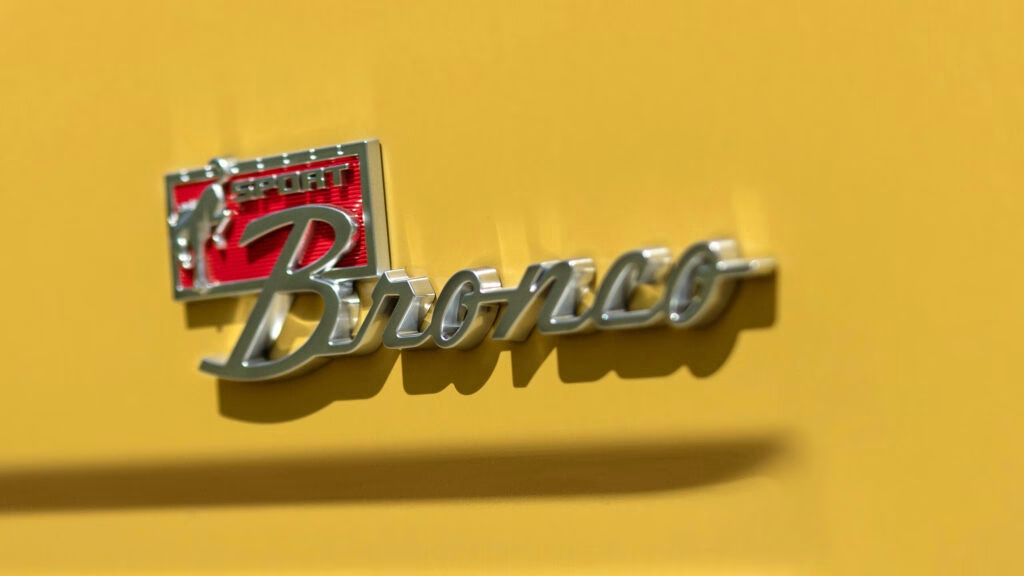Why Are Nearly 700,000 Ford SUVs Being Recalled Again?
If you own a Ford Escape or Bronco Sport built between 2020 and 2024, you may have heard some unsettling news: Ford is recalling nearly 700,000 of these SUVs due to a persistent fire risk. This isn’t just another routine recall. It’s the third time Ford has tried to tackle the same problem, and the fix still isn’t quite nailed down.
The culprit? A cracked fuel injector in Ford’s 1.5-liter turbocharged engine. When this tiny part fails, it can leak gasoline vapor into the engine compartment. If that vapor finds its way onto a hot surface—say, the exhaust or turbocharger—the result can be a fire. So far, eight vehicles have already caught fire, and the National Highway Traffic Safety Administration (NHTSA) has stepped in, saying Ford’s previous attempts to fix the issue just haven’t cut it.
What’s Actually Causing the Fire Hazard?
Let’s get into the nuts and bolts. The heart of the issue is the 1.5-liter, four-cylinder turbo engine used in both the Bronco Sport (2021–2024) and Escape (2020–2022). Ford discovered that one of the engine’s fuel injectors can develop cracks, especially when exposed to corrosion over time. Once that happens, gasoline vapor escapes at a high rate, travels through a drain hole, and can land on hot engine parts.
It sounds like a rare event, but with nearly 700,000 vehicles affected, even a small percentage is a big deal. Ford’s initial fix involved installing a drain tube to safely route leaking fuel away from hot surfaces and updating the engine control software. The software was designed to detect a cracked injector and shut down the high-pressure fuel pump if it sensed trouble.
But here’s the kicker: not all vehicles received the software update, and the drain tube solution hasn’t fully eliminated the risk. That’s why NHTSA pushed for a more comprehensive recall, and why Ford is back at the drawing board.
How Has Ford Tried to Fix the Problem—And Why Hasn’t It Worked?
Ford’s first recall for this issue came in November 2022, followed by another in March 2024. Both times, the company hoped that a combination of hardware (the drain tube) and smarter software would do the trick. Yet, fires continued to be reported. According to NHTSA’s investigation, the fixes didn’t address the root cause: the faulty injectors themselves.
Some vehicles even missed out on the software update, requiring yet another recall in March 2025. Meanwhile, Ford engineers discovered that corrosion was a key factor in why these injectors were cracking. That’s a tough nut to crack—literally and figuratively—because corrosion can be influenced by everything from climate to driving habits.
As of now, Ford hasn’t committed to replacing all the injectors in the affected vehicles. Instead, it’s rolling out the software update to any SUVs that haven’t already received it, while continuing to search for a long-term solution. Industry insiders suggest Ford may have no choice but to replace millions of injectors, a costly but necessary step to satisfy regulators and keep drivers safe.
What Should Owners of Affected Ford SUVs Do Right Now?
If you drive a 2020–2022 Escape or a 2021–2024 Bronco Sport with the 1.5-liter engine, don’t panic—but don’t ignore the recall, either. Ford will notify owners when a final fix is available. In the meantime, make sure your vehicle has received the latest software update. This update is designed to alert you if the injector cracks and to disable the fuel pump, reducing the risk of a fire.
It’s also smart to keep an eye (and nose) out for signs of trouble. If you smell gasoline, see a check engine light, or notice any unusual engine behavior, get your SUV checked out immediately. Even if you haven’t received a recall notice yet, you can check your vehicle’s status on the official NHTSA recall website or by contacting your local Ford dealer.
How Does This Recall Compare to Other Recent Automotive Safety Issues?
Ford isn’t alone in facing large-scale recalls, but the repeated attempts to solve this particular problem set it apart. According to NHTSA data, automotive recalls have been on the rise, with over 1,000 recalls affecting more than 30 million vehicles in the US in 2023 alone. What makes this Ford recall especially noteworthy is the persistence of the issue and the challenge of finding a lasting fix.
Other automakers have faced similar headaches with fuel system components, but most have managed to resolve them with a single recall. Ford’s ongoing struggle highlights the complexity of modern engines and the importance of robust quality control—not just in design, but in manufacturing and supplier oversight.
What’s the Broader Impact for Ford and Its Customers?
For Ford, this recall is more than just a technical hiccup—it’s a test of customer trust. Recalls can dent a brand’s reputation, especially when they drag on or require multiple attempts to resolve. For customers, it’s a reminder that even the most popular vehicles can have hidden vulnerabilities.
On the positive side, Ford’s willingness to work with regulators and keep searching for a solution shows a commitment to safety. But the real proof will be in how quickly and thoroughly the company addresses the root cause. No one wants to worry about their SUV catching fire in the driveway.
The big takeaway? Automotive safety isn’t about perfection—it’s about smarter adjustments. Start with one change this week—like checking your recall status or scheduling that software update—and you’ll likely spot the difference by month’s end.

